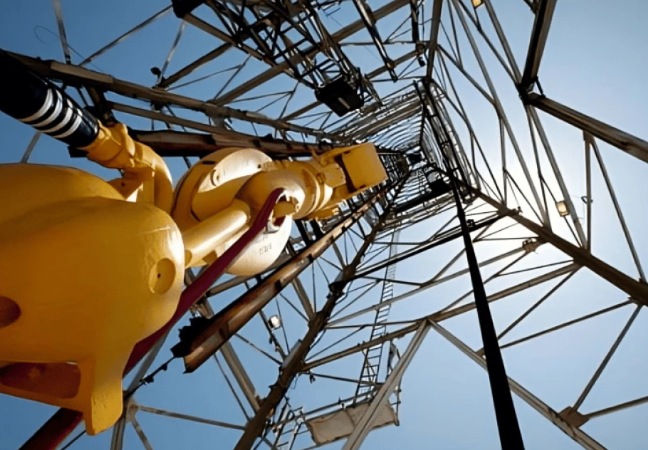
Dropped Objects Inspection

The dropped objects inspection is a critical process in various industries, particularly those involving operations at height, such as construction, oil and gas, mining, and heavy manufacturing. Dropped objects refer to any item that may fall from a height, potentially causing significant damage to equipment, infrastructure, and, most importantly, serious or fatal injuries to workers. Preventing dropped objects is a key aspect of workplace safety management.
Importance of Inspection
Dropped objects inspections are essential for ensuring workplace safety. Falling objects can result in:
Severe or fatal injuries to workers.
Significant damage to equipment and infrastructure.
Operational disruptions, leading to financial losses.
Legal and regulatory consequences for the company.
Through regular and systematic inspections, potential risks can be identified, allowing for the implementation of preventive measures to mitigate these hazards.








Inspection Procedures
The Dropped Objects Inspection consists of several stages, including identifying risk areas, inspecting tools and equipment, and evaluating safe work practices. Some of the key inspection activities include:
Risk Area Identification: Determine locations with a higher likelihood of dropped objects, such as scaffolding, elevated platforms, and load-handling areas.
Tools and Equipment Inspection: Examine hand and power tools, fastenings, and any equipment used at height to ensure they are secure and properly fixed. Items like screwdrivers, hammers, and other tools must be checked for wear and proper attachment.
Work Practice Evaluation: Observe workers' practices to ensure they follow proper safety procedures. This includes using tool lanyards, correctly storing materials, and maintaining clear communication among team members.
Documentation and Reporting: Record all inspections performed, identifying problem areas and corrective actions taken. Keeping detailed records helps monitor the effectiveness of preventive measures and ensures compliance with safety regulations.
Inspection Tools and Techniques
Diversas ferramentas e técnicas são utilizadas durante a inspeção de dropped objects. Algumas das mais comuns incluem:
Inspection Checklists: Standardized lists of items to be verified during inspections, ensuring that no critical aspect is overlooked.
Cameras and Drones: Used for visual inspections in hard-to-reach or hazardous areas, providing a detailed view without exposing workers to risks.
RFID Technology: Enables tracking of tools and equipment, ensuring that all items are in their designated locations and not left in hazardous areas.
Preventive Measures
To prevent dropped objects, several measures can be implemented:
Use of Retention Equipment: Tools and equipment should be secured with safety lanyards or retention nets.
Regular Maintenance: Ensure that all equipment and tools are in good working condition by conducting regular preventive maintenance.
Training and Education: Train workers on the risks of dropped objects and safe work practices.
Safety Culture: Foster an organizational culture that prioritizes safety, encouraging workers to report potential hazards and follow strict safety procedures.
Conclusion
Dropped Object Inspection is a vital component of safety management in any industry involving work at height. Through regular inspections, the use of advanced technologies, and the implementation of preventive measures, the risk of accidents can be significantly reduced, ensuring a safe working environment for everyone. Continuous awareness and education of workers are essential to maintaining high safety standards and protecting both employees and company assets.


